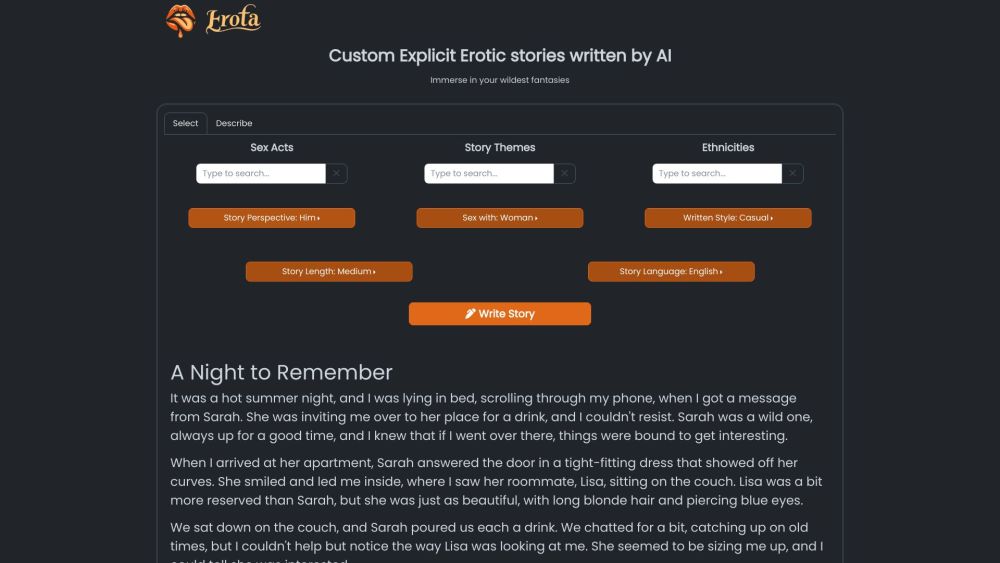
What is Jamba 1.5?
Jamba 1.5 is an advanced AI model series by AI21, built on the SSM-Transformer architecture. It excels in handling long texts, delivering high speed and quality, making it ideal for enterprise applications.
Who Can Benefit from Jamba 1.5?
Jamba 1.5 is suitable for businesses that need to process large volumes of data and long documents. This includes companies involved in document summarization, customer service with chatbots, and educational institutions analyzing extensive literature.
Example Use Cases:
Businesses can use Jamba 1.5 to automatically summarize lengthy reports, enhancing information processing efficiency.
Customer service centers can leverage Jamba 1.5 to generate quick responses, improving customer experience.
Educational institutions can utilize Jamba 1.5 to analyze vast amounts of literature, aiding in teaching and research.
Key Features:
Supports up to 256K context window, the longest among similar models, enhancing quality for enterprise applications.
Processes long texts 2.5 times faster than competitors and remains the fastest across all context lengths.
Achieved a score of 46.1 on the Arena Hard benchmark, outperforming larger models in its category.
Multilingual support including English, Spanish, French, Portuguese, Italian, Dutch, German, Arabic, and Hebrew.
Native support for structured JSON output, function calls, document object handling, and citation generation.
Available for immediate download on Hugging Face and soon on leading frameworks like LangChain and LlamaIndex.
Getting Started with Jamba 1.5:
1. Download the Jamba 1.5 model from Hugging Face or AI21 Studio.
2. Choose the appropriate version: Jamba 1.5 Mini or Jamba 1.5 Large based on your needs.
3. Review the documentation to understand input/output formats and how to call the model.
4. Integrate the model into existing systems or develop new applications using its long text processing capabilities.
5. Fine-tune the model as needed for specific business scenarios.
6. Deploy the model to cloud platforms or local servers depending on your requirements.
7. Monitor performance to ensure it meets business needs and optimize based on feedback.







